Written by Vicky, staff member, Halifax Central Library, opens a new window
Some of the city's most beautiful and wildly underappreciated outdoor spaces are our local cemeteries. It may surprise you, but in the early days of European settlement in North America, cemeteries acted as some of the first public parks. Here, families would gather for picnics, children would play, and the space was enjoyed by the living as much as it was a respectful resting place for the dead. Each headstone, monument, and memorial acts as a marker of remembrance, and are a piece of public art meant to be appreciated and enjoyed. Let's visit some of the cemeteries on the peninsula, and take a look at just a few samples of the beautiful funerary art available here in Halifax.
Some things to keep in mind:
- The cemeteries we see on the peninsula today are a product of the British colonialists that began the settlement of Halifax in 1749. Though Christianity was certainly not the only religion practised in Nova Scotia at any time in its history, it was the most prominent after European settlement, and is, therefore, the most visible on local funerary art.
- It should be noted that some of the headstones featured in this article are markers for more than one individual. In those cases, only one name was selected for the caption of the photograph.
- Though modern headstones feature beautiful carvings and inventive designs, the markers photographed for this article are dated no later than 1970. This was done to respect the families and loved ones of those who have more recently passed.
- All gravesites, no matter their religious or cultural affiliation, should be treated with dignity. When visiting a cemetery, please be respectful of the property, the people around you, and any rules that might be in place.
Funerary art
Death heads
Death heads—a skull carving with wings or crossed bones—were a popular grave decoration in the 1700s, particularly in New England with Puritan settlers. These designs were meant to act as a reminder of one's mortality, and the ultimate fate that awaits us all. These designs are rarer across Nova Scotia, but Halifax has a small selection of these stones, which were likely imported from the United States.
Soul effigies
Soul effigies—a face, or cherub head with wings—are a variation of the death head. In the late 18th and early 19th centuries, attitudes towards death in the Christian religion began to shift. There was less of a focus on the death of the body, and more of a focus on the life of the soul. In turn, the imagery found on headstones became more focused on the concept of angels, and the dead moving on to new life. In the above images, you can see over the course of thirty years how the concept of a soul effigy became more complex and intricate.
The urn
The Urn—a representation of the body’s return to the earth: ashes to ashes, dust to dust. The use of the urn in funeral art was very popular during the Neo-Classical Revival period, from 1780-1830. During this time, ancient Greek and Roman styles in art and architecture were brought back into fashion, and the urn was seen as a representation of classical funeral rites. Urn iconography is often accompanied by a weeping willow, or a piece of drapery. The weeping willow speaks for itself as a symbol for mourning, while a piece of cloth does the same, acting as a burial shroud for the dead, and a covering to hide the faces of those in grief.
Animals
Animals—a wide variety of animal carvings can be found on local gravestones. The bird on the above headstone is likely a dove, and carries with it Christian symbolism representing the holy spirit. However, it is also an image that conveys thoughts of both freedom and peace. The lamb, often seen on stones for children, tends to symbolize Christ as the Lamb of God. It also has associations with innocence and purity—an understandable adornment for a child taken from life too soon. The horse is a symbol associated with power and vitality. In this case, it is also representative of the person it marks, as William Casey was a livery stable keeper who boarded and rented horses.
Plants
Plants—a popular funerary decoration across the centuries, pictured here are a small sample of nature-based art found on local headstones. A common sight is the thistle: often meant to represent the deceased’s Scottish heritage, the stones often state the homeland that the person came from. In this case, William Lithgow was from Montrose on Scotland’s east coast. An acorn on a headstone is a reminder of perseverance in difficult times, that an oak begins its life small, but grows to be a magnificent tree. When ivy, an evergreen plant is seen on a headstone, it is acting as a symbol of friendship and memory, implying that the person will not be forgotten. Lily of the Valley was a popular symbol in Victorian Floriography, a language that used flowers and other plants to convey messages and deep meaning. In Floriography, the Lily of the Valley represented a return to happiness. Wheat on a headstone was often meant to be a symbolism of long life; this is very true for Julius Cornelius who lived to be 91 years old. The rose, another popular icon in Victorian Floriography, can have many meanings depending on its colour, and how full the bloom is. Roses in full bloom, such as this one, often represent the death of a person who was in the prime of their life, but as Jessie Thorne was 75 at the time of their death, it may just be a tribute to their surname.
Hands
Hands—shown in numerous positions and with a variety of accessories, each with a different meaning depending on their design. Clasped hands signify being guided to the afterlife. A hand pointing down is a Christian symbol for the hand of God, sometimes indicating that the deceased’s death was sudden, or unexpected. The wreath featured in this particular iteration of a downward pointing hand is a symbol for memory. A hand pointing upward is symbolic of going to heaven in Christian iconography. A hand with an anchor can represent hope, as well as devotion to the Christian faith—it is also likely to symbolize a person who made their living on the sea. A hand holding a chain may symbolize the soul being freed from the body, but it also has ties to the International Order of Odd Fellows.
Judaic symbolism
Judaic symbolism—found in the two neighbouring cemeteries on the peninsula, these symbols are unique to the Jewish faith. Here we see two variations on the Star of David, which represents Israel, the Torah, and the Holy One. The Menorah—a candelabra with seven candles—is a reminder of unity, and acts as a guiding light.
Masonic symbolism
Masonic symbolism—various graphics indicate that the deceased was a member of the Freemasons. The most recognizable symbol for the Freemasons is the square and compass, often seen with a “G” in the centre, which is said to stand for both God and Geometry. Other items seen on the above stone of Abner Stowell include the sun (representing knowledge and light), stars (acting as a guide for the mason), the All-Seeing Eye (acting as the eye of God), and many more.
Unique monuments
Unique monuments—Every monument in a cemetery is unique in its own way—but some certainly stand out. The Old Burying Ground (St. Paul’s) features a number of these burial slabs—this one features the Tonge family crest at its head. The angel on this monument for John Keith is life-sized, and certainly makes a person on the ground feel humble and small. This statue from the Camp Hill Cemetery is unique in that it is not carved, but cast in white bronze. This means that it is hollow inside, which you can see by the missing panel in the base. St. John’s Cemetery has this marker of a cross and a sword—unfortunately, the hilt of the sword has been damaged. This is a headstone that offers a clear representation of the deceased’s military heritage.
So what?
The artwork found in our local cemeteries are a sight to behold. These lush, charming, green spaces are monuments to both our past and present, and stand as a reminder that this life is short. So get out there—enjoy the beauty all around you.
Library Resources
City of Halifax, Development and Planning Department. “Old Burial Ground Halifax, Nova Scotia: Information on Monuments Listed Alphabetically by Name of Deceased” City of Halifax, 1989. 929.5 O41i
Online Resources
AK Lander: Why do we have animals on headstones?, opens a new window
Allflorists.co: Flower Meanings, opens a new window
Nova Scotia Archives, opens a new window
Family Tree Magazine: Gravestone Symbols and Their Hidden Meanings, opens a new window
Billion Graves: Symbols at the cemetery, opens a new window
Fox Monuments: Jewish Headstones and Memorial Symbols, opens a new window
HeadstoneSymbols.co.uk, opens a new window
Memorials.com: Headstone Symbolism, opens a new window
The Atlantic: Our First Public Parks: The Forgotten History of Cemeteries, opens a new window
TheCemetaryClub.com: Gravestone Symbolism, opens a new window

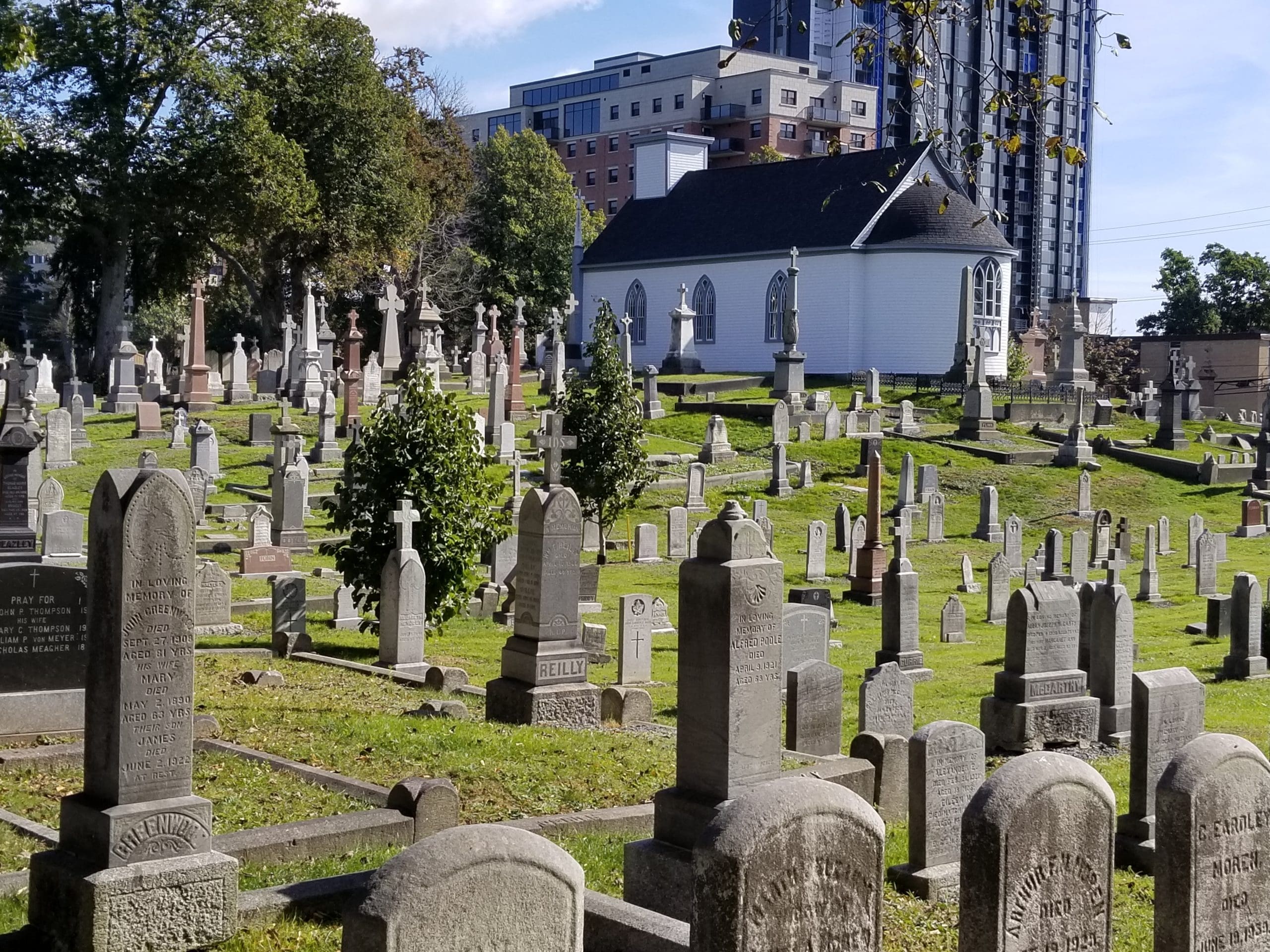
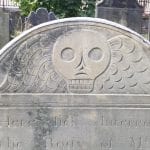

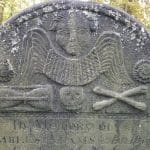

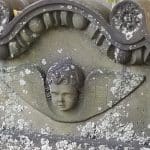
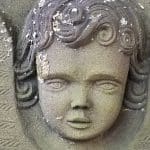

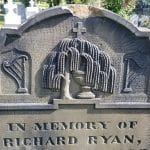
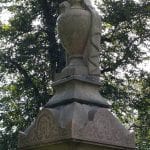


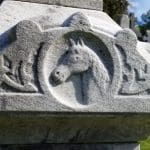
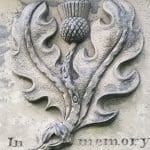
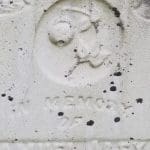
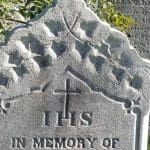

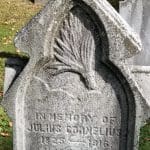

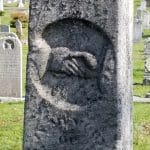
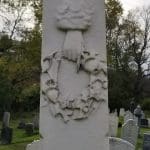
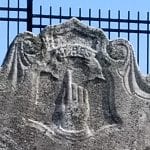
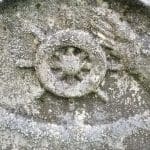



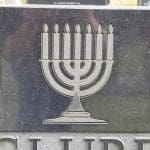
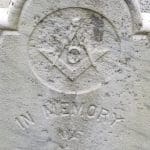
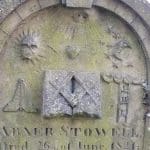


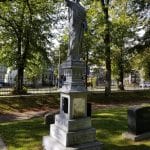
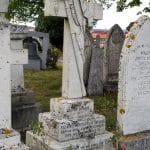

Add a comment to: Cemeteries on the Peninsula: A Brief and Not at All Definitive Photo Essay